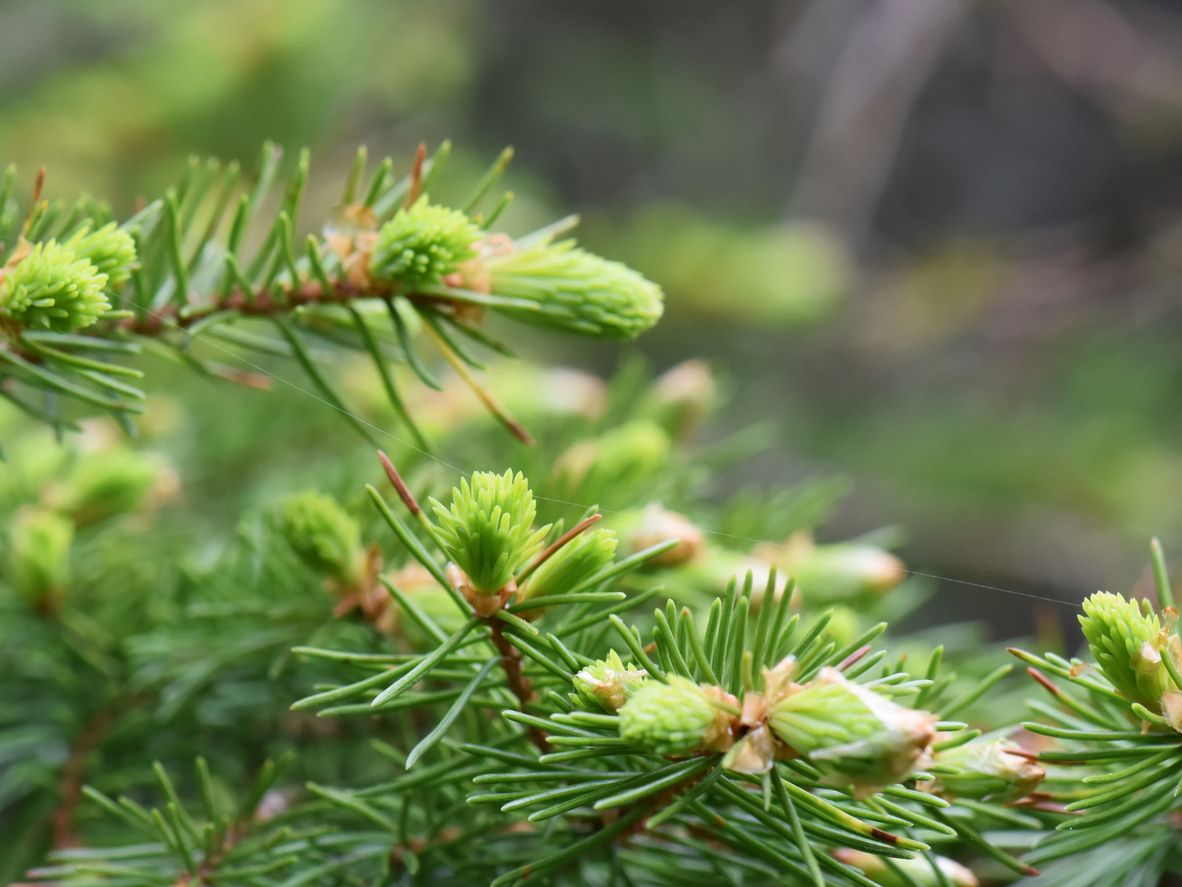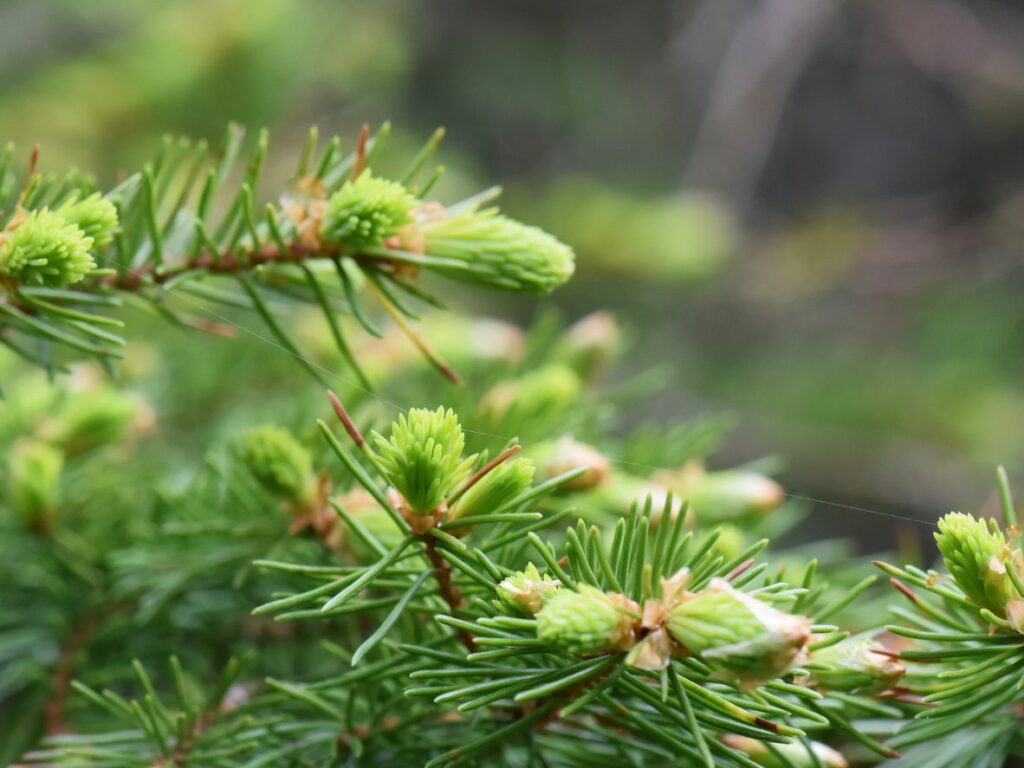Norway Spruce Tree – How To Grow And Care For Norway Spruce Trees
The Norway spruce tree has always had a place in our homes. Whether you’re aware of it or not, this distinctive tree has been part of many of your most celebrated and cherished memories. Every December around Christmas, many households make room for the Norway spruce tree in the best place in the house. This European tree has invaded our hearts and become an integral part of the American psyche.
But with all its great landscaping qualities, why wait until Christmas to bring it home? Why not grow it in your garden and have a festive atmosphere all year round? The answers to these questions explain the growing popularity of Norway spruce trees in many backyards, lawns, and patios both in urban and suburban landscapes.
Norway Spruce Tree at a Glance
Originally from Eurasia, Norway spruce tree (Picea abies) was growing in the Black Forest and other parts of the continent before it traveled north to settle in Norway. And it was from there, that the first settlers brought it with them as they migrated to the New World and planted it around their farms and homesteads as excellent windbreaks.
The trees adapted well to the cold and temperate zones of North America and now they grow successfully in zones 2 to 7. They thrive under the full sun where the mature tree averages between 40 to 60 feet. While not exactly a giant of a tree, the Norway spruce still needs a lot of space to grow high and wide in your garden.
Among other spruce tree species, this one has the fastest growth rate and, according to horticulturalists, the most ornamental values as well. That’s mostly thanks to its distinctive needles and unmistakable cones. Each needle averages between a half to one inch in length while the scaled brown cones reach about 6 inches in length and turn downwards when fertilized.
Hardy and tolerant to cold weather and even frost, this spruce will handle freezing temperatures reaching -40 degrees Fahrenheit. The only downside is that these trees don’t do well in hot weather.
Of all its ornamental features, it’s the pyramidal shape of the tree that makes it easy to spot. With 25 feet spread, this spruce stands out in any landscape. However, some people mistake the Norway spruce with the Douglas fir. They both look the same but the needles tell them apart. While the needles of the fir are soft and blunt, those of the spruce are hard and sharp.
Spruce Tree Varieties
It’s true that you may not have the right space in your garden to host a 60-feet Norway spruce tree. Luckily, spruces come in many shapes, sizes, and qualities. You can still have a spruce tree or shrub adorning your backyard or even side yard no matter how limited that space is. Here are some of the most popular spruces to grow.
- Black Spruce (Picea mariana): While also a large tree that extends to 50 feet or higher when fully mature, some cultivars including Nana will only grow to two feet tall. This variety is famous for its mistletoe and its ability to grow in different soil conditions including wet areas. You can grow the black spruce easily if you live in zones 3 to 7.
- Bird’s Nest Spruce (Picea abies ‘Nidiformis’): The dense foliage of this variety takes the shape of a bird’s nest. This cultivar averages between 2 to 4 feet tall although trees older than 30 years might continue to grow to reach 8 feet but that’s rare. Some people grow it in a container where regular pruning keeps its size compact. It does well between zones 3 to 8.
- Red Spruce (Picea rubens): One of the tallest spruces, this giant reaches 130 feet easily in the right conditions. Unlike other varieties, this spruce can tolerate partial shade even when young. However, it does well in soil that stays moist most of the time and thrives in zones 3 to 6.
- Oriental Spruce (Picea orientalis): An average tree by spruce standards that reaches a maximum of 35 feet high at maturity. While it requires full sun just like most spruces, this variety cannot survive in windy places. It also has a slower growth rate and takes many years to reach maturity. This spruce grows in zones 4 to 7.
- Dwarf Alberta Spruce (Picea glauca ‘Conica’): A tree growing to 13 feet hardly qualifies it to be a dwarf, but these are spruces we are talking about. This tree takes a conical shape that almost reaches the ground and its bright green foliage makes it a perfect Christmas tree choice. The needles are soft and blunt. A native of Alberta, Canada, this tree grows in zones 3 to 6.
If you want to have a spruce tree that spices up your landscape but don’t have space for it, I recommend either the Dwarf Alberta or the Bird’s Nest. They both are easy to grow and have stunning ornamental values in any setting.
How to the Grow Norway Spruce Tree
As with other trees, usually, we would recommend that you purchase a small tree from a nursery and plant it in your garden. The process is straightforward and before long you have a tree successfully growing in your property. However, since the Norway spruce tree has both high germination and growth rates compared to other trees, we’ll opt for starting the Norway spruce from seeds.
- Find a Norway spruce tree you fancy and hang out around there in September waiting for the cones to mature.
- Collect the cones and keep them in a dry place until the seeds fall off the cones naturally.
- Inspect the seeds and keep the healthy ones in a plastic bag. Store the bag in the freezer until April.
- About 6 weeks before the last frost, take the seeds out of the freezer and soak them in water overnight. Then wrap them in a wet paper towel, place them in a plastic bag, and return them to the fridge this time.
- In early May, take out the seeds and put them again in a bowl of water. If the water evaporates, add more water to the bowl. The seeds will start to germinate after about 3 weeks. Now you’re ready to plant them.
- Select a few shallow containers, one for each seedling, and fill them with a general-purpose potting mix. Make sure the containers are clean and have drainage holes at the bottom.
- Pick the tiny seedling and place it at the top of the soil in the container. Cover it with a thin layer of sand.
- Water the soil immediately and keep it moist throughout.
- Keep the containers in a partially shaded place away from the strong wind.
- When the weather improves, bring the pots outside for a few hours every day to harden them.
- When the saplings are about 12 inches high and can stay outdoors for long hours without issues, you can move them to their permanent place in the garden.
Norway Spruce Tree Care
Admittedly, that isn’t the easiest way to start a Norway spruce tree. But by choosing the right seeds, you’re guaranteed to get a good quality spruce tree growing in your garden. Caring for this tree is all about providing adequate light and paying attention to water. Depending on the variety, pruning isn’t necessary to maintain its appealing shape and looks.
Light
More than anything else, sun exposure is crucial for the success of the Norway spruce tree. So choose a spot in your garden that faces the west or south to get many hours of the afternoon sun. This variety doesn’t do well in partial shade especially in the early years of its life. That means it will not grow well under the shadow of another tree. Keep your spruce trees spaced out to ensure good air circulation and ample exposure to sunlight. As long as the tree is getting at least 6 hours of sunlight every day, it will not give you any issues.
Water
The young Norway spruce tree usually requires more water than the established ones. That’s because, for the first year of its life, the tree’s root system is too shallow to tap into the reserves of moisture in the deep layers of the soil. Since this species has a relatively low-tolerance to drought, you’ll need to water it regularly. It’s best if you wait for the topsoil to go dry then water the tree deeply. That method of watering encourages the roots to grow deeper and more robust. As the tree matures, you’ll not need to water it frequently. However, you should never stop watering the spruce no matter how old it gets.
Soil
The soil in your garden can be anything from acidic to slightly alkaline. That’s one of the reasons more and more people are growing this hardy tree. It tolerates many types of soil. However, for the best results and to improve the tree’s growth rate, you should plant it in a rich and loamy soil. As long as the soil is well-drained and doesn’t get waterlogged, the tree will keep growing at rates between 13 inches to 24 inches a year.
Fertilizing
You can even improve this impressive growth rate of the Norway spruce tree with the right type and amounts of fertilizer. This is usually the case if you have poor soil or you find out that the soil lacks the essential nutrients. Apply a custom 10-4-10 fertilizer in the early spring before the growing cycle. Spread the granular fertilizer in a wide circle around the base of the tree and water it immediately. You can also use mulching to improve the quality of the soil. Shredded oak bark and rotted leaves slowly break down and feed the tree over a long period of time. Since the tree thrives in acidic soil, the increase of acidity levels as a result of the organic materials won’t have a negative effect on its growth. Once the tree matures, you won’t need to fertilize it.

